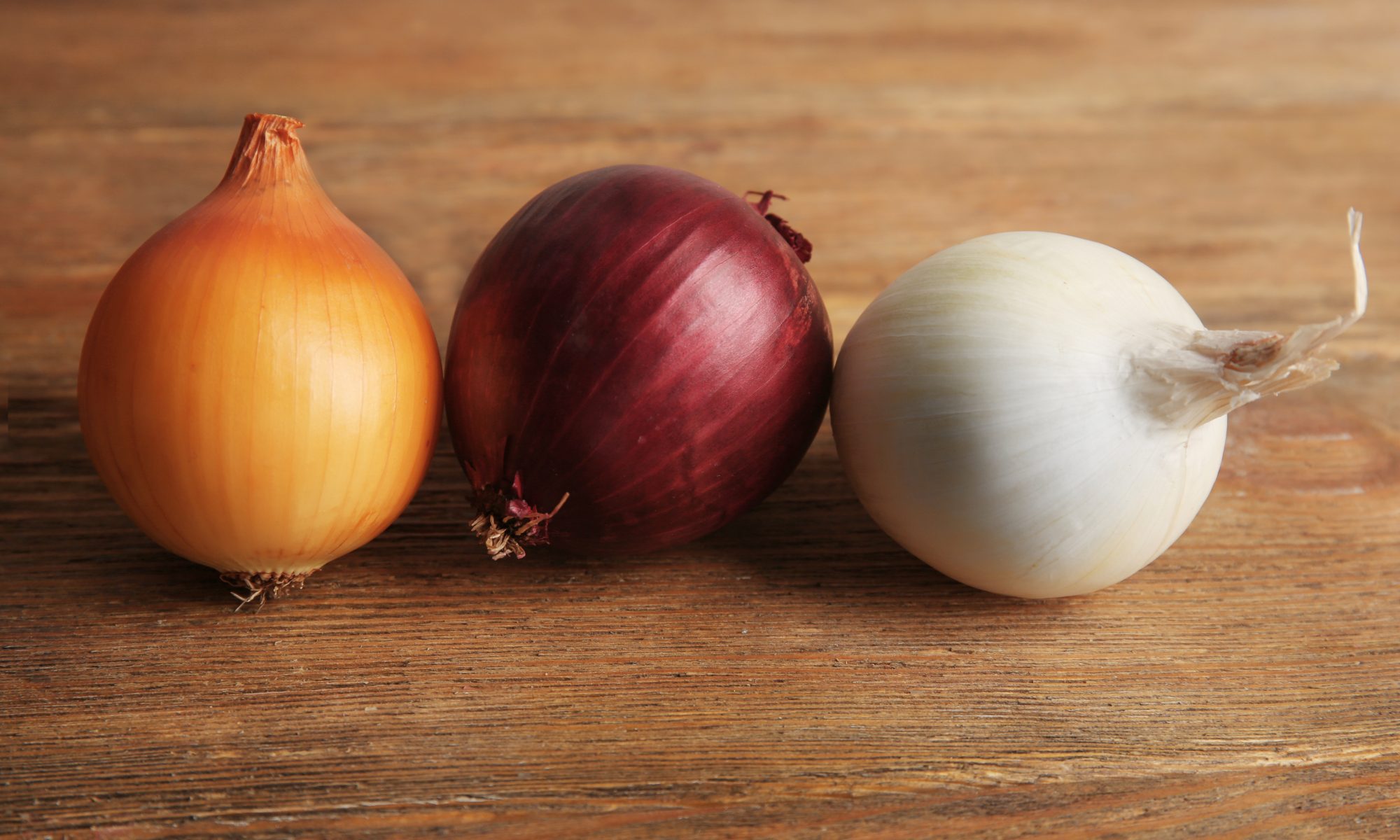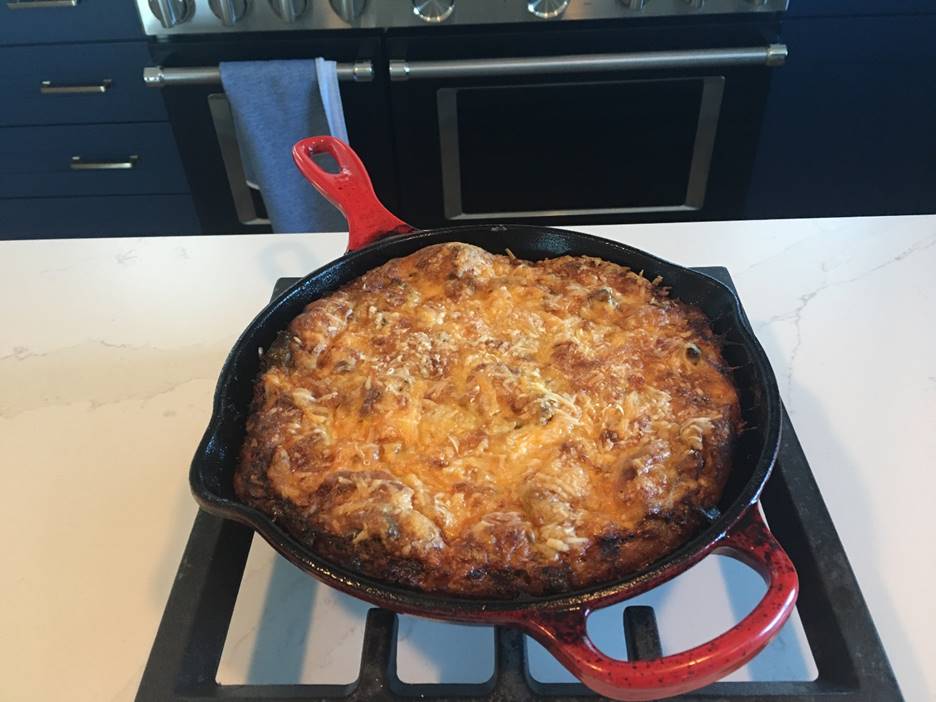In May of this year I wrote about Spanish Omelettes, or Frittatas, and today I am updating that story to encourage readers to make this dish, and make it often. A slice, or wedge of this, is a great mid-day meal during the week when you have the combined factors of hunger, nothing worthwhile eating in the fridge or there is something worthwhile but you don’t have time to make it. So you put a wedge of what you made on Saturday or Sunday on a plate and give it 45 seconds in the microwave and you have some really good (and healthy) eating!
I have started to make a habit of making varietals of this dish every few weeks, circumstances dictating the composition of the tortilla, a new word for this dish, but not at all, if you are from Spain. More on that later.
Last weekend we did a wine tasting at Lambert Bridge, one of our favorite Dry Creek Valley wineries (JP is a national treasure as the in-house Sommelier) and uncharacteristically we did not eat much of the two platters of charcuterie (there were 9 of us) because I had made Cubano sandwiches for the group for lunch and we were still stuffed. So I’ve had all this cheese in my fridge this week – goat, brie, some others, not to mention leftover feta from a tomato salad I made for friends before grilling Snake River New York steaks as well as the ubiquitous Manchego and mixed-shredded Mexican cheese I always have in my fridge.
This batch also included some cooked but not fried red potatoes, some leftover fried zucchini and a big head of Swish Chard I got on Friday and then cooked and seasoned it. I used more than a half cup of half & half cream and 7 eggs, whipped with black pepper and tarragon. Oh. I also had three pieces of uncooked pancetta (that I made crispy) I had not used with the cantaloupe dish I made with olive oil and salt. First I friend the pancetta to get it dry and crispy, let it cool, then cut it into small pieces with kitchen scissors. I added this to the omelette after first putting oil down on the bottom of the pan then all the vegetables.
For good (moisture) measure I added 6 mini-tabs of butter spread around the pan and also drizzled a smidge of olive oil before finishing with the egg mixture and shredded cheeses (Manchego and Mexican) as a topper.
As you can see, you can add almost anything to this dish. I even forgot the onion this time, but that’s OK. There was plenty of flavor to go around.
Definitions: Spanish omelette or Spanish tortilla is a traditional dish from Spain. Celebrated as a national dish by Spaniards, it is an essential part of the Spanish cuisine. It is an omelette made with eggs and potatoes, optionally including onion. It is often served at room temperature as a tapa.
Wikipedia really doubles down on this topic. After reading about the origins of the dish dating back to 1817 and perhaps earlier, the online encyclopedia provided a language tutorial to distinguish what Americans think of tortillas vs. our Spanish counterparts.
Nomenclature
The word tortilla, in European Spanish as well as in some variants of Latin American Spanish, means omelette.[8][9] As such, a potato omelette is a tortilla de patatas or papas.[10][11]
As the dish has gained international popularity, and perhaps to avoid being confused with the thin flatbread made out of wheat or maize popular in Mexico and Central America, the española or Spanish naming gained traction. As such, Spanish omelette[12][13] or Spanish tortilla[14][15] are its common names in English, while tortilla española[9][13][16][17] is formally accepted name even within the peninsula. In Spain, an omelette (made of beaten eggs fried with olive oil) is conversely known as tortilla francesa (lit. ’French omelette’).[18]
Tortilla is the diminutive form of torta, meaning ‘small pancake’.[8][9]


